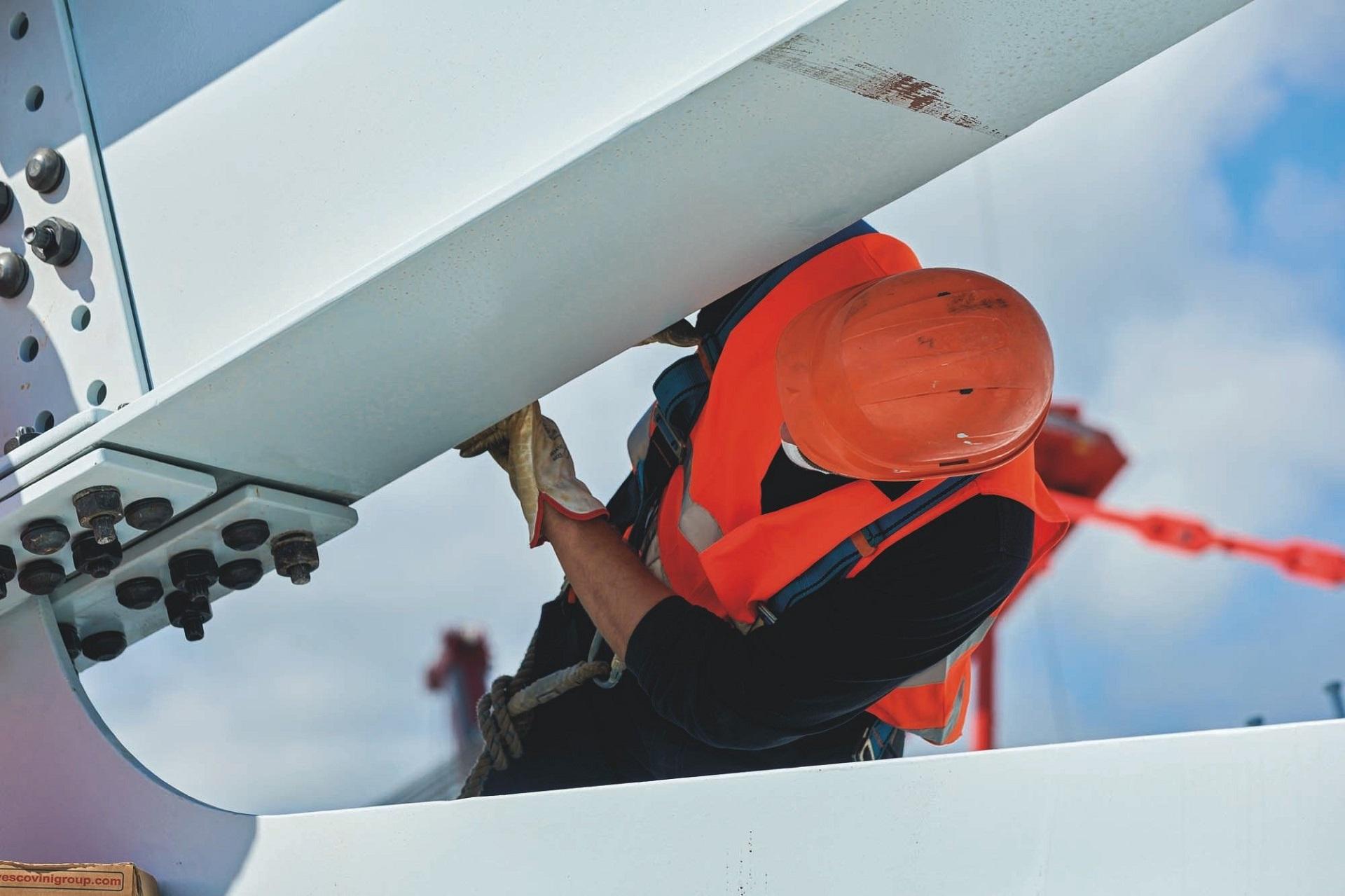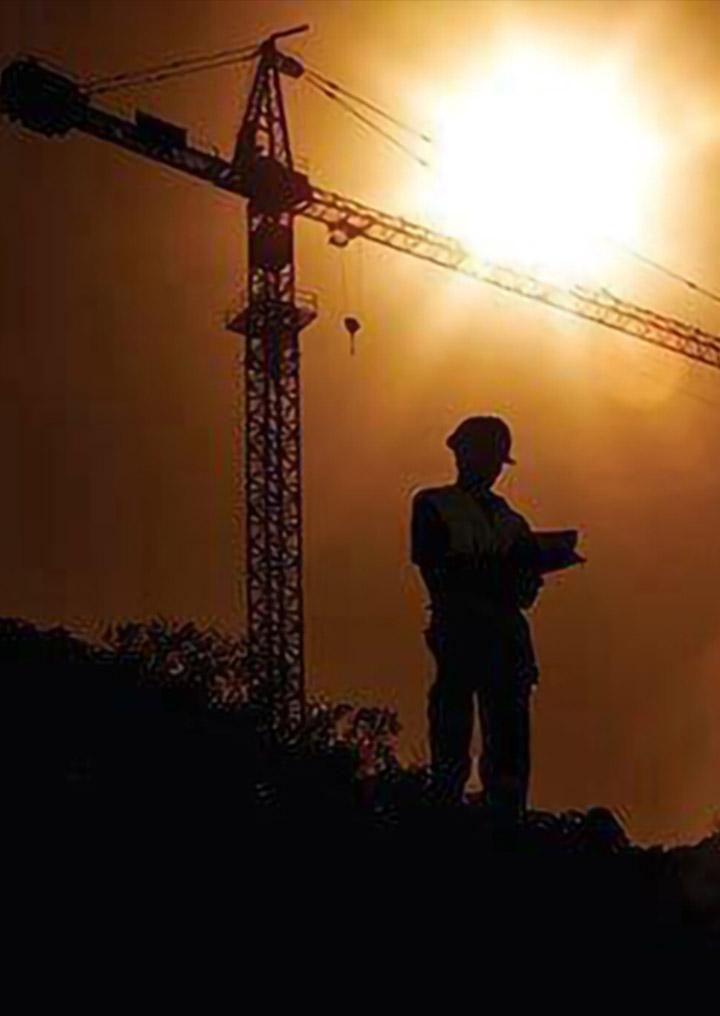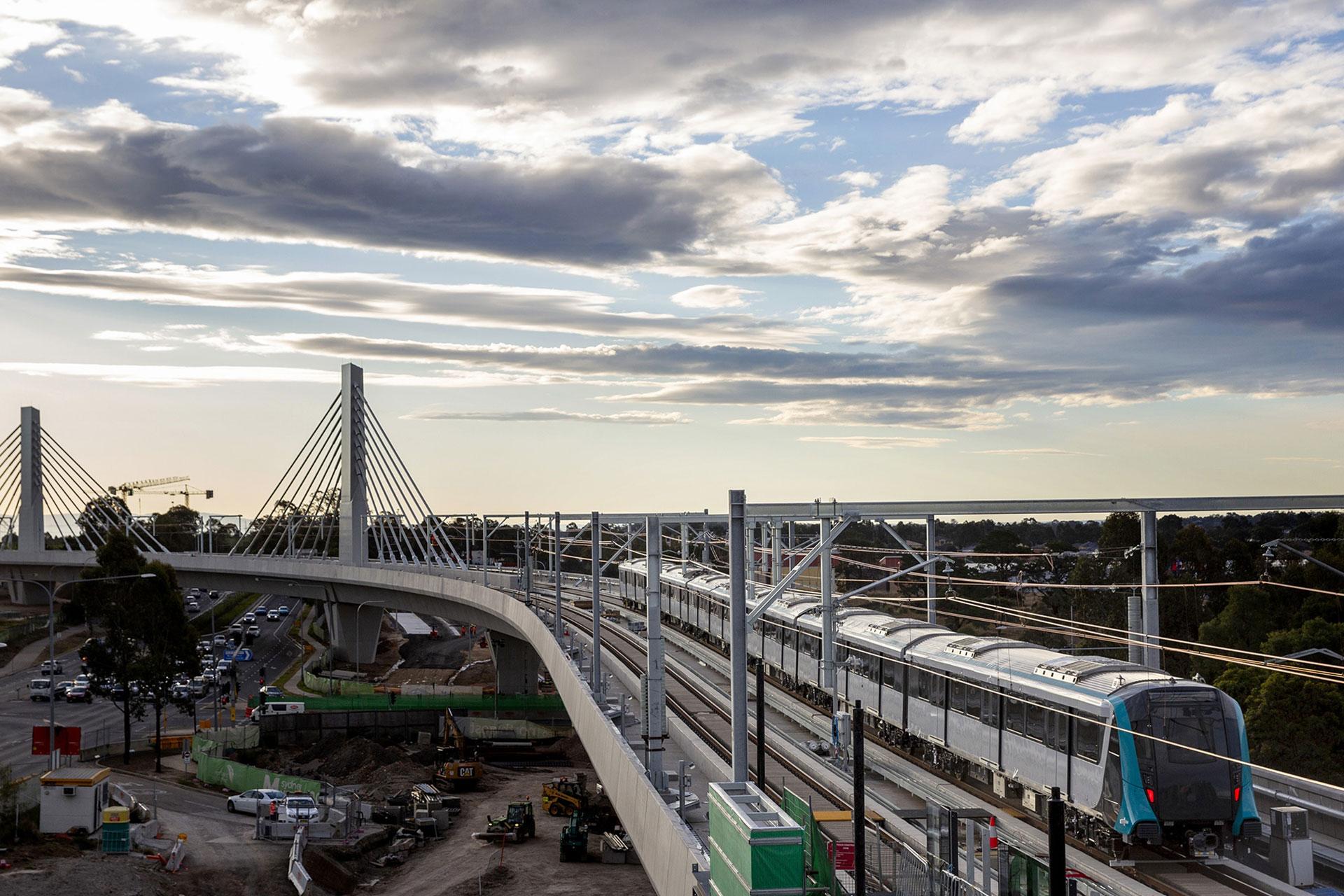Sustainable Development
Post-pandemic infrastructure and cities: Design challenges

The infrastructure sector, on the threshold of a profound transformation
The infrastructure sector is still crucial for economic growth reasons and for the well-being of its people. It is traditionally very fragmented, and also for this reason it has been slower than other sectors at grasping innovation opportunities. However, the upheavals caused by the pandemic, and the consequent push towards sustainability and digitilization, are pushing the infrastructure sector to evolve towards a new model, which is less focused on creating a "product" - (i.e. "pure" construction), while instead favouring a more holistic system. A system designed on the increasingly sophisticated needs and preferences. And not only of clients, but also of end users. A tool for long-term efficiency and profitability.
Those who design and build infrastructures, today, cannot help but wonder how they will integrate with the existing heritage, and with the environmental context. A large amount of data can be leveraged in the design and usage phase. New technologies make it possible to virtually analyse and estimate the environmental and energy impacts of infrastructures, reacting to operational changes, and following up on autonomous resolution scenarios. Off-site construction activities can increase efficiency and reduce costs, time and environmental impact of structures. Waste recycling, the selective demolition and the reuse of materials can be the fundamental prerequisite, for innovating urban environments.
The future passes through sustainability, digitilization and collaboration between those who design, execute, test and analyse data
There are three major challenges facing the sector. First, a new notion of sustainability, which is particularly demanding for a sector that in Europe is responsible for 36% of total emissions, 40% of energy consumption, 50% of raw material extraction and water consumption. The change must involve all the project’s process phases, which must be designed considering usage, maintenance and disposal. Particular attention must be also paid to the construction phase, from purchasing to processing raw materials, from energy consumption to waste management and using, recovering and reusing materials according to the principles of the circular economy.
The second challenge is posed by digitilization, for a more effective use of new technologies and processed information, starting from the data collected through sensors, drones, satellites or Internet of things systems, and that is transformed by means of algorithms and artificial intelligence applications into information, and shared knowledge. On this front, a real paradigm shift is expected, starting from the use of BIM (Building information modeling) technologies, which allow meaningful analyses, by crossing historical data, stakeholder inputs and environmental data. And then again, the digital twin technologies which, by digitally replicating an infrastructure, provide advanced tools to support the decision-making process and the analysis of criticalities and peculiarities of a project.
The third challenge, the most crucial, however, concerns collaboration. The infrastructure sector still appears fragmented into various silos, each specialized in a phase of the complex sequence that ranges from different levels of design to execution, testing and use, up to collecting and processing data. To achieve priority productivity recovery and service improvement goals, these phases must instead be shared through single platforms, overcoming the tensions that now exist within the system. This way, a better alignment would be obtained between design, project, realization, usability and management, placing the end user at the centre of everything, who until now has been under-valued in the bilateral supplier-client relationship.
People at the centre
People centrality is the key element around which smart cities affirm themselves. It is profoundly exemplary of the revolution that will affect the sector in the post-COVID-19 pandemic. The way of conceiving and organizing spaces, both private and public, and their use will change: i.e. living spaces and their functions will also change, but also the spaces intended for work will change, with offices increasingly thought of as meeting and interaction places, delegates that carry out the most strictly collaborative activities without forgetting the needs of remote work. And the connecting structures between these increasingly less defined and more hybrid spaces will also change. They will be rethought according to a paradigm that will make multifunctionality one of its cornerstones.
The construction methods for homes, offices and infrastructures will change too: the entire urban space will be affected by this transformation process. It will also be redesigned according to the inputs deriving from the collection and analysis of data that tell of the city and of its needs, by managing events (strikes, demonstrations, emergencies) in real time. To achieve this new urban design, underlying infrastructures, the contribution of all those active in the sector will be necessary: architects, engineers, builders, public utility service providers. Everyone must contribute to redefine the urban space and their infrastructures. And this can be done through digital platforms and cloud support, with the aim of participating in a virtuous and effective collective and regenerative process, focused on end user needs, and designed to bring value to the community, as well as new profitability for the sector.

To face the post-COVID recovery we must decide which country we want to be in the next 30 years, choose our mission and act accordingly with targeted plans for industry, tourism, schools and hospitals, urban regeneration and sustainable mobility infrastructures



